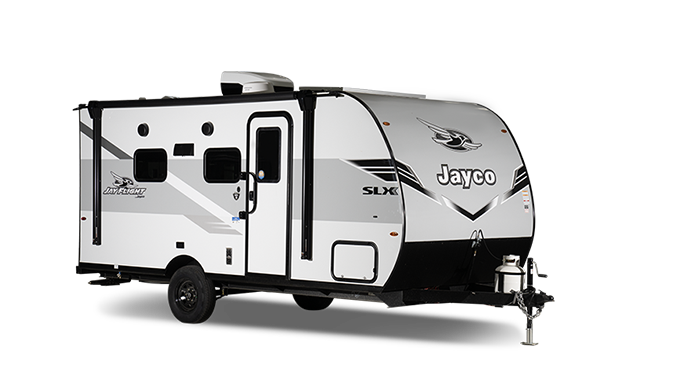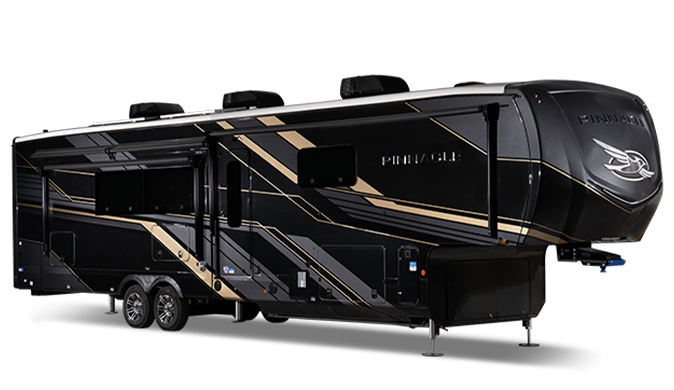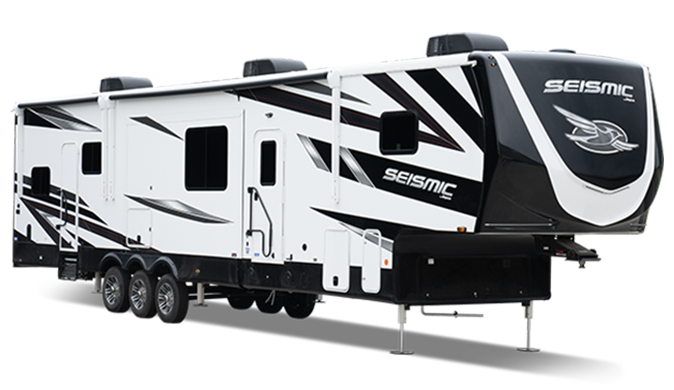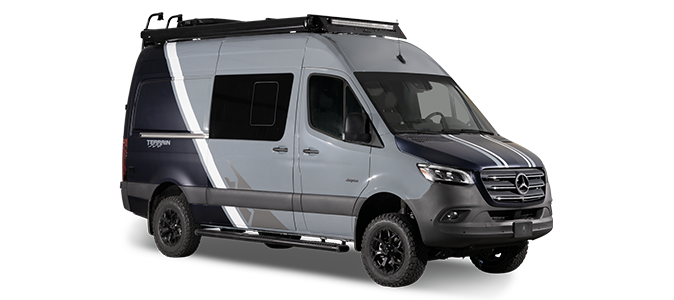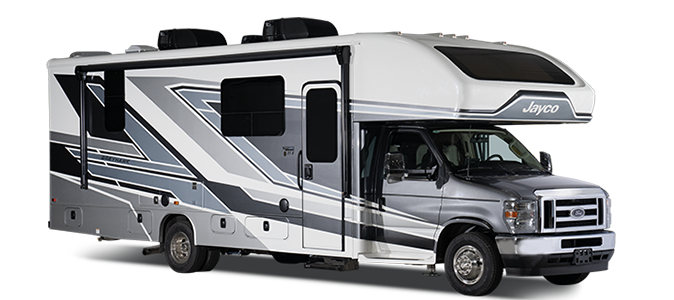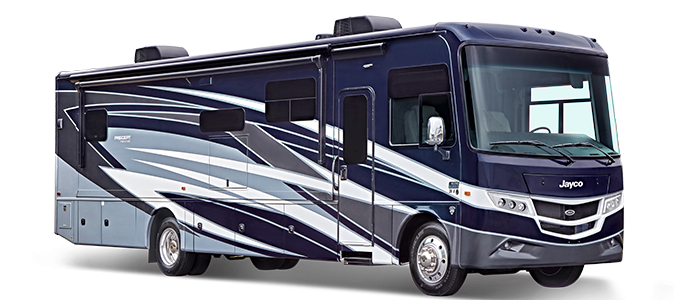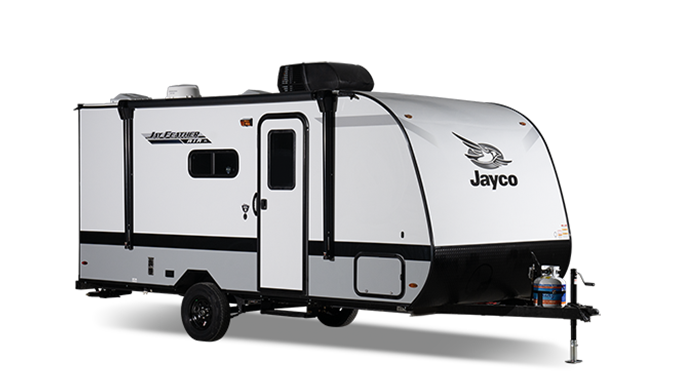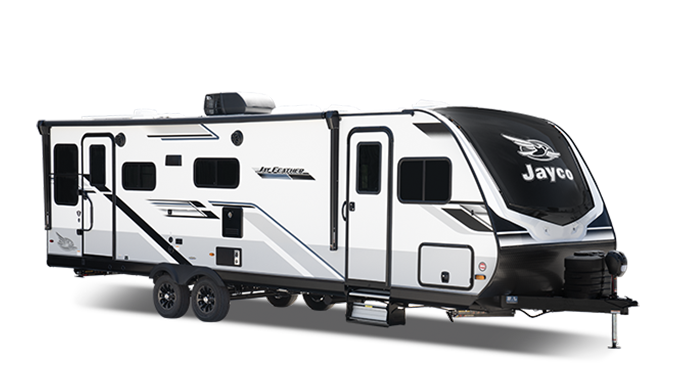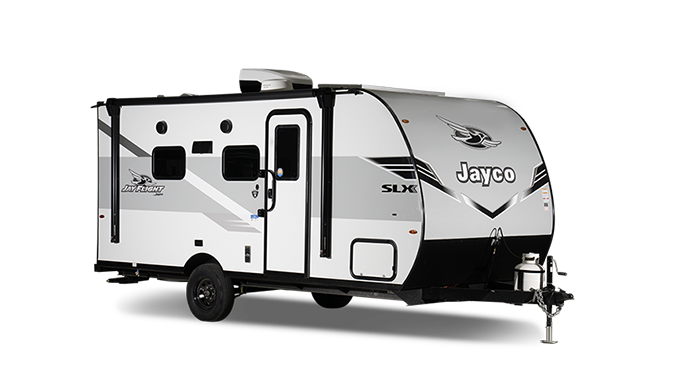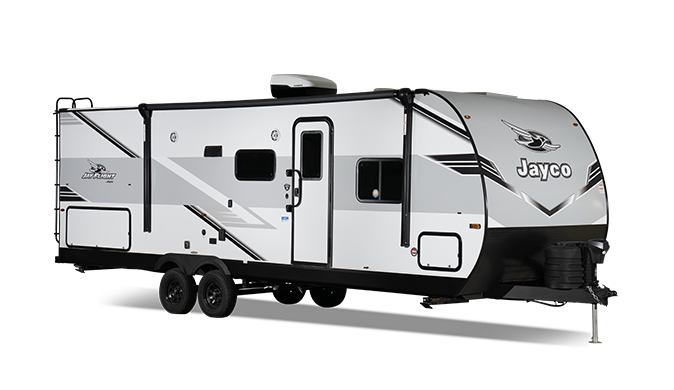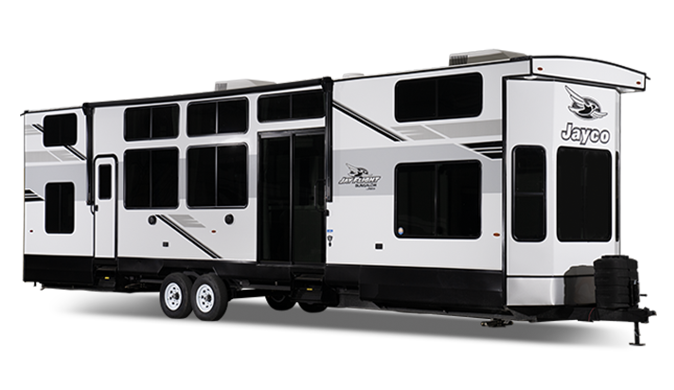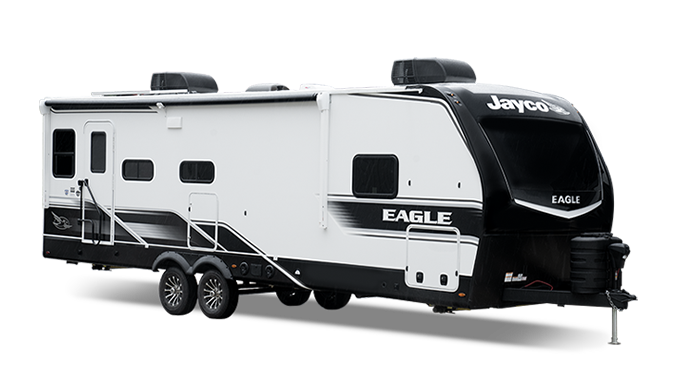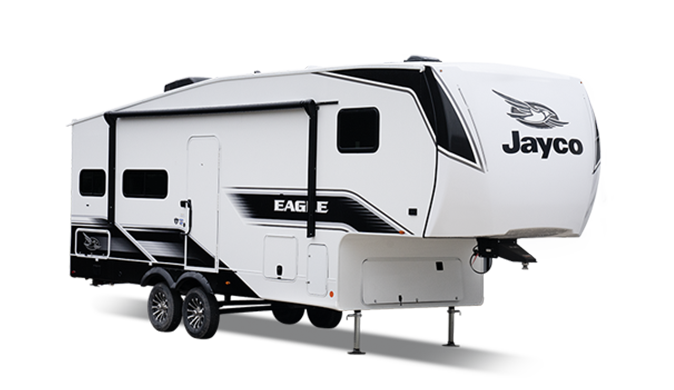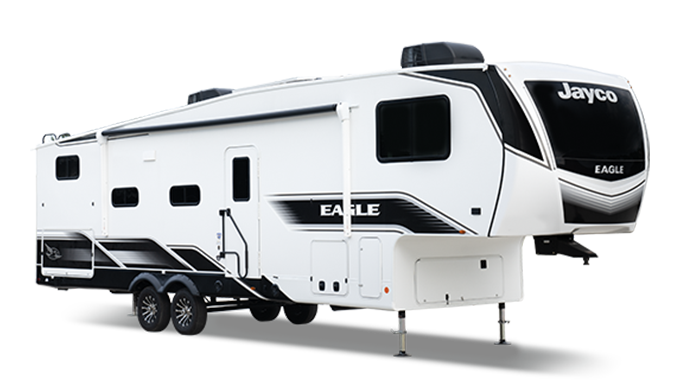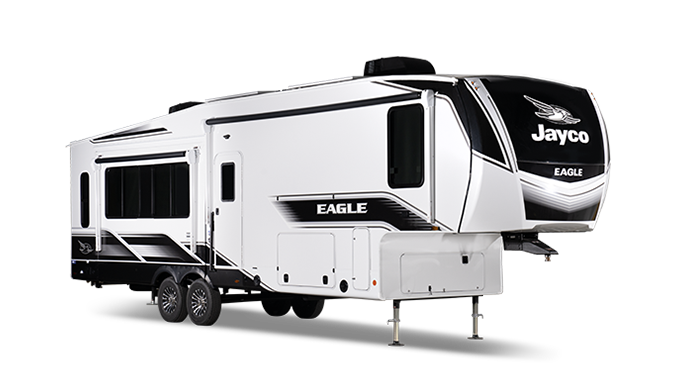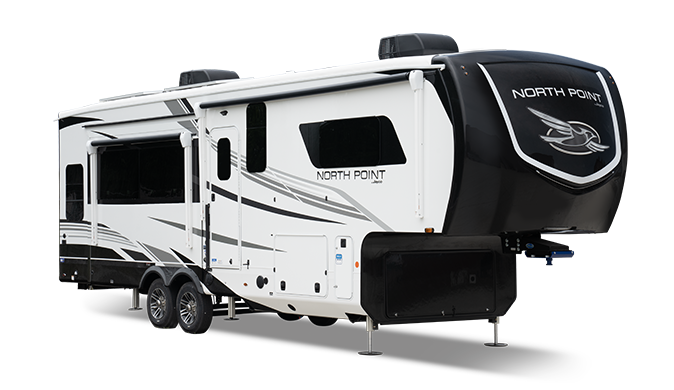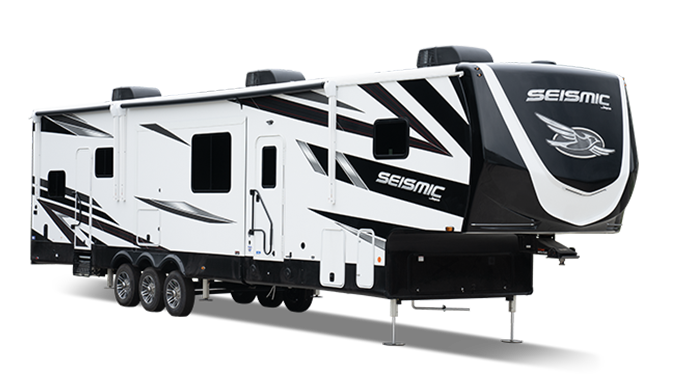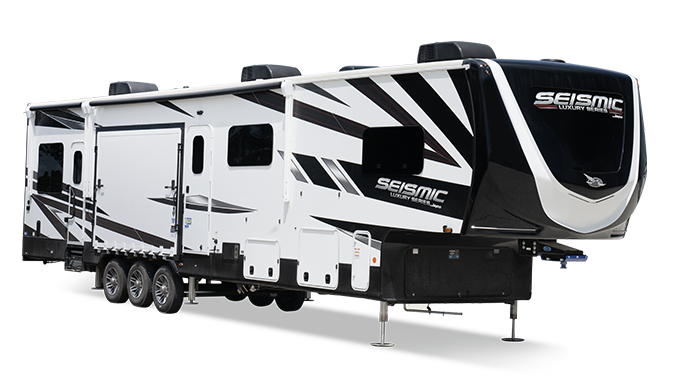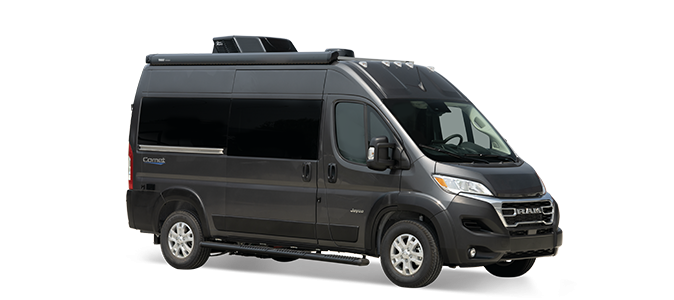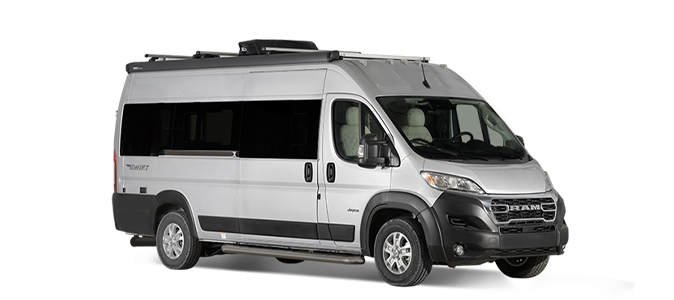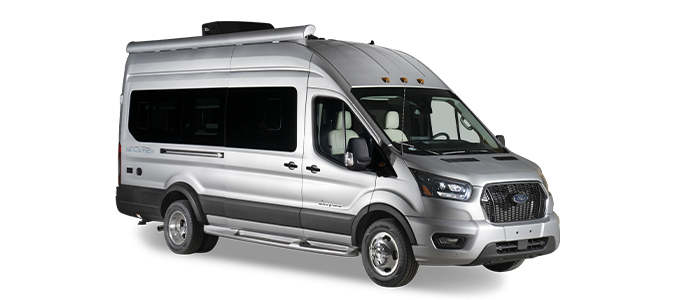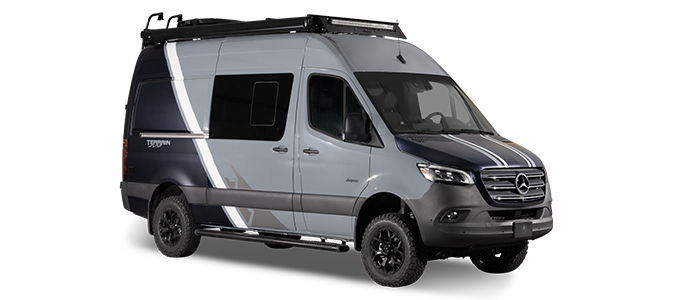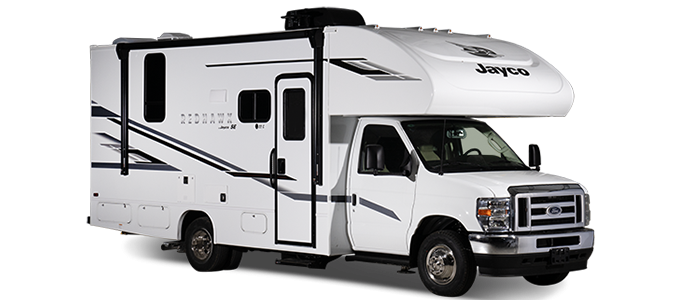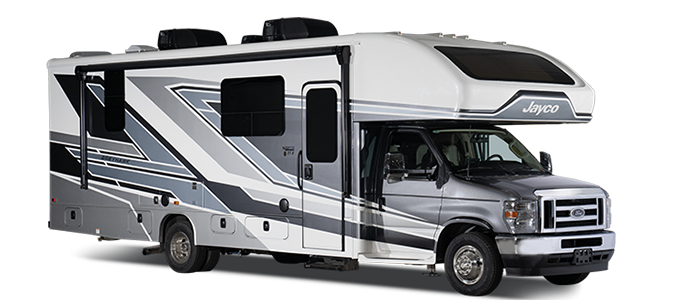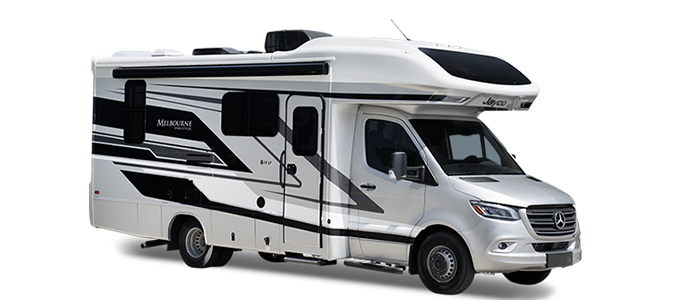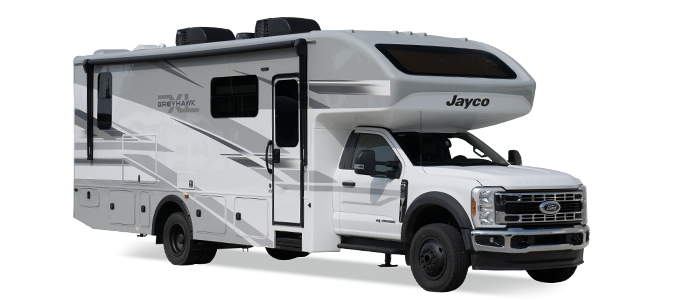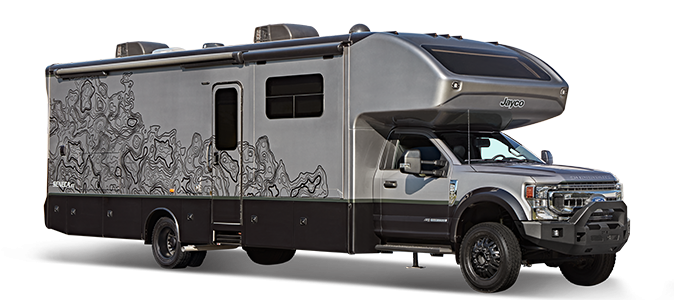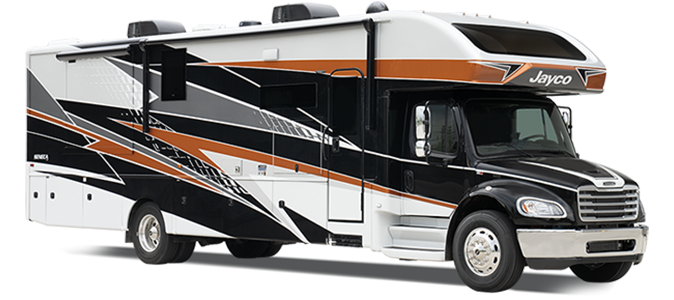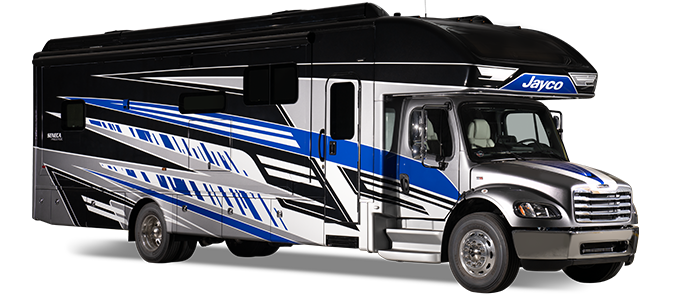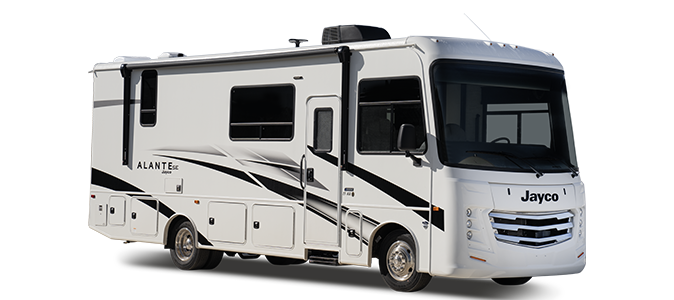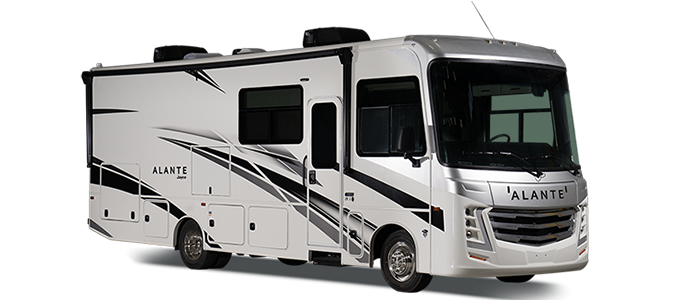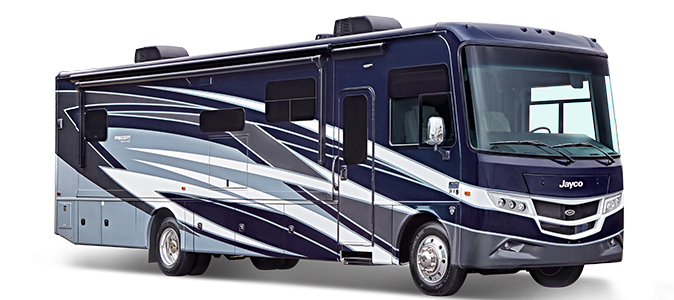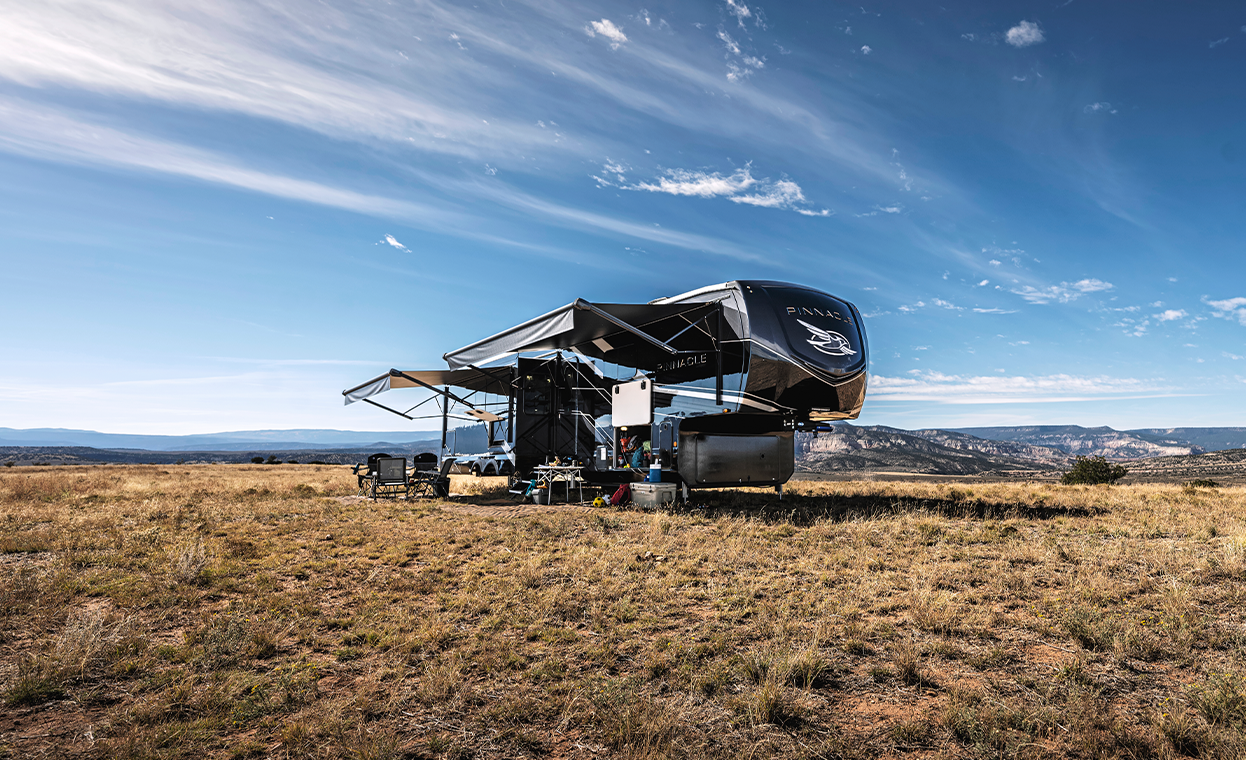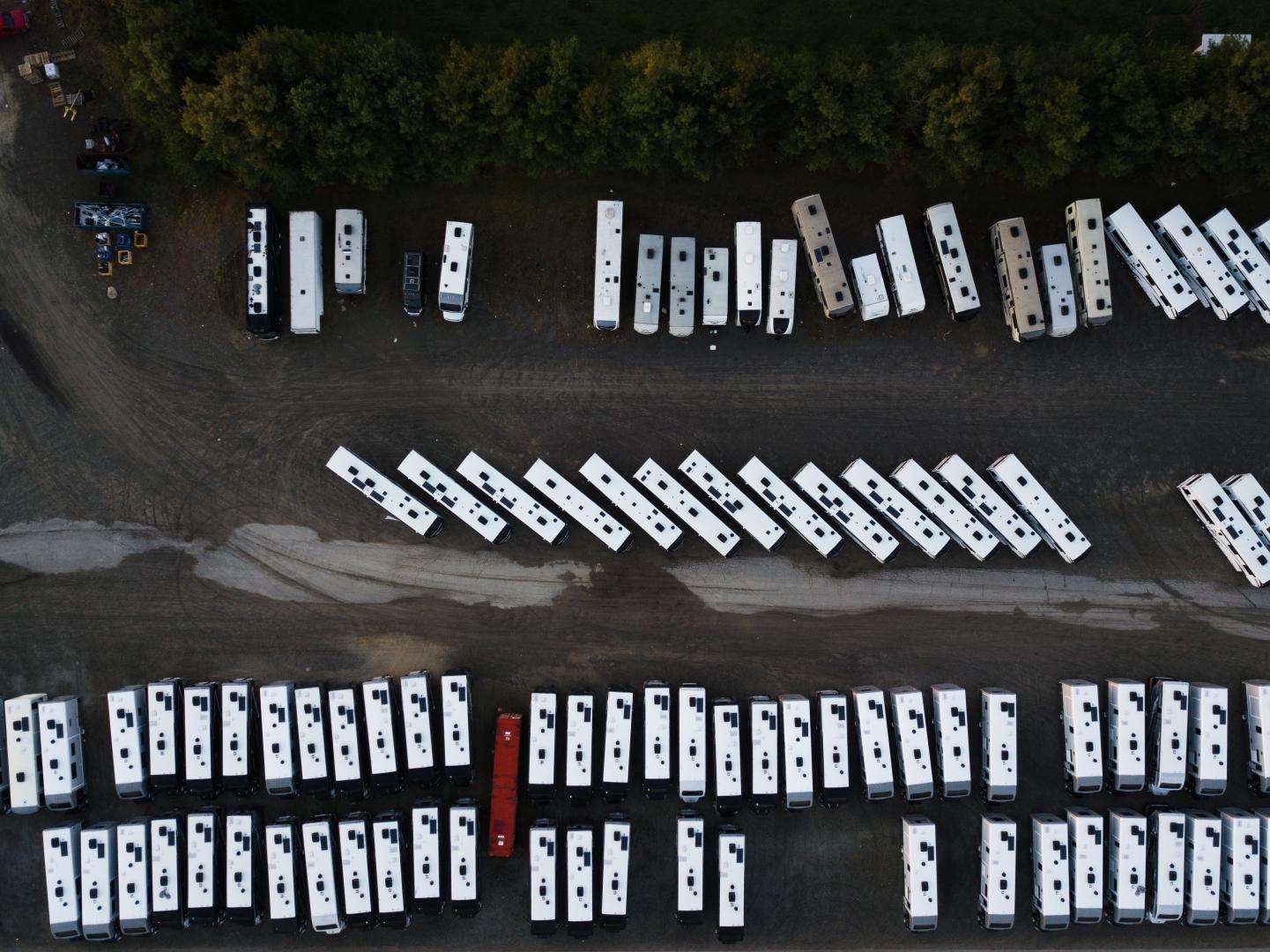What Are the Class Sizes for RVs?
Recreational vehicles (RVs) are as popular as ever, with recent data showing that 11% of American households own a motorhome. While this may seem surprising (who are all these people—with the money and free time to devote to the lifestyle?), it shouldn’t be. RVs offer a cure for wanderlust, letting individuals, couples and families escape the familiar confines of home—and the familiarity of the beaten path.
And they’re not just for recreation or escape. In 2018, the Washington Post reported that 1 million Americans live in RVs. If that fact surprises you, or you assume these people are adopting the lifestyle out of necessity, you probably haven’t done too much research into modern RVs and the advancements they’ve made in efficiency, performance and amenities.
Whether you’re just kicking the tires on the idea of getting your first RV or you’re looking for an upgrade, look no further. In this post, we’ll break down the different class sizes for RVs so you can narrow your search and find the perfect type of RV for you.
What Are the Classifications of RVs and What Are They Based On?
Before we can look at the specific RV classes, we need to define a couple terms for clarity’s sake. For example, what is the difference between an RV and a motorhome?
Here’s what you need to know: the term RV stands for recreational vehicle, a broad category that includes both motorhomes and a few different types of towable campers, like travel trailers. So, when you look at something like an RV class chart, you’ll most likely encounter towables as well as motorhomes.
How Many Classes of RVs Are There?
There are three main classes of motorhome-type RV: Class A, B and C. While much of the information available to consumers defines these primarily by the RV’s physical size (with Class A being generally the largest and Classes B and C being smaller), the reality is that the vehicle’s type or style is more indicative of their class. Here’s a handy way to visualize how RV classes A, B and C stack up:
- Class A RVs have large, heavy-duty frames, typically built onto the chassis of a large commercial truck (or even a bus). These are the big boys you see on the road.
- Class B RVs (often referred to as camper vans) are usually the smallest class (by size), best pictured as a modified van chassis. Yes, these still feature (some) room to sleep and move around, and they are still considered RVs.
- Class C RVs are popular as a sort of hybrid or compromise between the giant Class A RV and the modest Class B camper van. A Class C RV provides a little more “living” room by building a cabin chassis with a sleeping area above—similar to how big rigs provide sleeping room for long-haul truckers.
Which RV Class Is the Best?
Even though RVs come in Classes A, B and C, we encourage you to resist assuming “A” is best and “C” is worst. That’s an oversimplification that assumes “bigger is better,” and that just isn’t the case. The best RV class for you is the one that best fits your needs and wants without wrecking your budget. Use the following tips for choosing the best RV class for you and your family.
Class A RVs
Customers looking for the most top-of-the-line experience often assume they should focus their search around Class A RVs. The truth about these classes, though, is that each main class contains a range from entry-level to luxury motorhomes. That said, common Class A selling points include increased comfort, a smooth driving experience and kitchen and bathroom facilities that can feel like a luxury home on wheels. For longer stays, you can even hook up appliances like washers and dryers.
For Class A motorhomes, Jayco’s offerings include 4 models, each of which is packed with amenities and spacious enough for sleeping 8-9 people. Your best bet is to find several models and then compare their features, prioritizing what’s most important to your experience. Learn more about our Class A motorhomes, including pricing details and floorplan configurations.
Class B RVs
Moving our focus from Class A to Class B RVs, the Class B RV should alleviate any pain points around fuel efficiency or other considerations. They offer a considerably more fuel-efficient and compact alternative. They’re easier to drive for newbies, too, more like driving a van than a semi truck. Class B RVs, suitable for off-roading and capable of solar power, are perfect for backcountry or boondocking adventures.
Is a Class B RV worth the money, though? Absolutely! They are perfect for a lot of people. Ever seen the #vanlife hashtag? Class B RVs cater to adventurers for whom the prohibitive size and cost of a larger, more feature-packed RV goes against their desire for simplicity and getting away from the humdrum trappings of modern society. You’ll still have the basics like small kitchen and bathroom features.
Learn more about Jayco’s Class B motorhomes, including pricing details and floorplan configurations.
Class C RVs
Finally, we come to Class C RVs—the middle ground between Class A and Class B RVs. This means size-wise they’re roughly (but, again, not always) in between the Class A and Class B options; these models often provide moderate-to-good fuel efficiency and driving ease. With a Class C RV, you get a little more living space than the Class B RV (thanks to an above-cab sleeping area) without needing to upgrade to the bigger offerings of A-Class motorhomes.
RVs to Fit Any Lifestyle
Head to our website to view our full range of RVs, as well as fifth wheels and toy haulers. We make it easy to find the right RV for your lifestyle with Class A, B and C RVs to fit a variety of budgets.
Then, find a Jayco dealer near you to help you assess your needs, compare your options and get you behind the wheel of a motorhome you’ll love.

